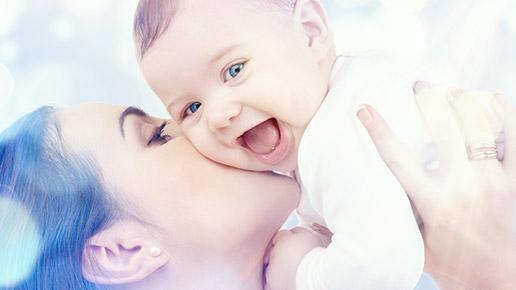
Fater Spa has launched the testing phase of a machinery for recycling used personal sanitary absorbent products in collaboration with Contarina spa, the company responsible for the management of waste for Priula and TV3 Consortia, at its headquarters of Lovadina di Spresiano (TV).
Lovadina di Spresiano (TV) 24/3/2015 - Fater Spa has launched the testing phase of a machinery for recycling used personal sanitary absorbent products in collaboration with Contarina Spa, the company responsible for the management of waste for Priula and TV3 Consortia, at its headquarters of Lovadina di Spresiano (TV).
The industrial-sized machinery can serve a population of 800,000 people and turn into secondary raw materials up to 8,000 tons per year of personal absorbent products, separately collected refuse.
The objective of the testing phase on industrial scale is to achieve an optimal level of efficiency that can confirm, even on a large scale, the expected data and tests. The testing phase provides for the possibility of working up to 1,500 tons per year, as per authorization of Regione Veneto. Once reached the expected levels of efficiency, it will be requested an authorisation for ordinary industry activity.
The development potential is considerable, in view of two factors: 1) the existence of specific recycling in Italy, which already covers 7 million citizens; 2) declarations of interest from consortia or Institutions of 7 Italian regions, with which discussions and workshops are underway.
Personal hygiene absorbent products generate about 900,000 tons per year of unsorted waste in Italy, equal to about 3% of municipal solid waste, destined to landfill (70%) or incineration (30%). Eliminating such waste, through the process designed and realised by Fater, generates a "carbon negative" outcome. The Italian Institute of Environmental Research, in fact, has analyzed the post-usage phase of the product and showed that recycling avoids CO2 emissions beyond those generated by the collection phase thus marking a negative balance (i.e. CO2 saved ) of - 17.7 kg CO2 eq per ton of diapers.
In a country with few natural resources the recycling of absorbent products process can generate new secondary raw materials: from a ton of waste we can retrieve about 500 kilograms of raw materials, of which 350 kilograms of cellulose and 150 kilograms of plastic. The rest is made up of moisture, treated and then disposed of in compliance with the rules.
The Fater recycling project began in 2009 and has already achieved significant results: in 2011 it was realized the first prototype machinery, which demonstrated, in increasing volumes, the possibility of recycling of personal hygiene absorbent products; in 2013 it was realized an industrial machinery that has a capacity of 8,000 tons per year (to be able to serve up to 800,000 citizens), the one now ready to start at Contarina spa facilities; in 2014 the machinery was finalized and the effectiveness of the process was verified, even through tests with used products.
Used Absorbents Products Recycling Process
Here's how it works:
A base requirement of the system is that used products (baby diapers, sanitary napkins, and incontinence pads of all brands) are collected separately and conferred to the plant in Contarina;
The technological process has a closed storage system capable of holding up to 20 tons of products;
The waste from the storage system is transferred, through a system of conveyor belts, in the technological heart of the process, which consists of an autoclave;
The products once housed inside the autoclave, through the power of steam pressure and without combustion, are opened, sterilized and dried;
Once completed the autoclave cycle, the products pass to the phase of separation they are first shredded and then their recyclable components mechanically separated through a mechanical system in 3 stages;
The process water is collected in a special tank to be suitably treated before being disposed of;
The new secondary raw materials thus obtained are plastic and cellulose. These are valuable secondary raw materials because (1) personal hygiene absorbent products use high-quality cellulose and plastic and (2) the technological process has been designed ad-hoc to have negligible degradation in their quality;
plastics that are obtained by the process are strongly performing polyolefin and they are suitable for use in main processes typical of plastic processing. These are, in fact, ductility, tensile strength and tintability closer to the behavior of virgin polymers than to that of ordinary recycled plastics.
The organic-cellulose fraction preserves high-quality characteristics even after the process, so that it can be used for applications with high added value such as the production of absorbent products for pets, high quality papers, textiles (rayon and rayon), sugars, refractory materials.